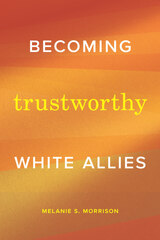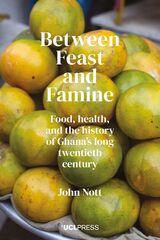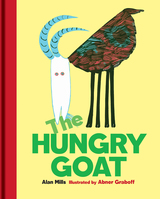
Whimsical illustrations and beautifully paced rhymes bring this greedy animal to life. Originally published in 1964, The Hungry Goat brings a comic cautionary tale to a new generation of children.
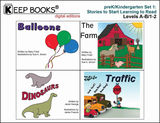
Stories include: Balloons, The Farm, Dinosaurs, & Traffic.
Age Level: 3-5
Grade Level: preK-Kindergarten
Reading level: A-B/1-2
KEEP BOOKS digital editions include text features and design elements that give beginning readers what they need to start reading on their own with high interest titles that they can easily manage.
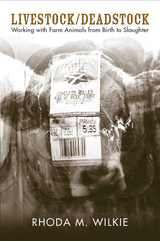
The connection between people and companion animals has received considerable attention from scholars. In her original and provocative ethnography Livestock/Deadstock, sociologist Rhoda Wilkie asks, how do the men and women who work on farms, in livestock auction markets, and slaughterhouses, interact with—or disengage from—the animals they encounter in their jobs?
Wilkie provides a nuanced appreciation of how those men and women who breed, rear, show, fatten, market, medically treat, and slaughter livestock, make sense of their interactions with the animals that constitute the focus of their work lives. Using a sociologically informed perspective, Wilkie explores their attitudes and behaviors to explain how agricultural workers think, feel, and relate to food animals.
Livestock/Deadstock looks at both people and animals in the division of labor and shows how commercial and hobby productive contexts provide male and female handlers with varying opportunities to bond with and/or distance themselves from livestock. Exploring the experiences of stockpeople, hobby farmers, auction workers, vets and slaughterers, she offers timely insight into the multifaceted, gendered, and contradictory nature of human roles in food animal production.

Mary Lewandowski helps her family at their dairy farm in Wisconsin. Her great-great-great-grandparents founded the farm more than a hundred years ago. Today, the farm has some fifty cows that must be fed, milked, and kept happy and healthy. Corn and alfalfa need to be planted and harvested for their feed. It’s all a lot of work for Mary, but she loves her cows, and they provide us with milk to drink, cheese and ice cream to eat, and many other delicious dairy treats.
Welcome to My Farm is a fun and illuminating look at farm life in the heart of America’s Dairyland. Aimed at young readers age four and up, the book shares fascinating facts about dairy cows and the crops that farmers grow. Presenting a day in the life of a small dairy farm, Welcome to My Farm reveals the many ways that Mary takes care of her cows and how farms help feed our communities. Readers will also meet cuddly kittens and Mary’s two collies, Buffy and Buddy!
Young readers will find the answers to many common dairy-farm questions, such as:
- How do you milk a cow?
- What types of food are made from cow’s milk?
- How much does a cow eat and drink in a day?
- How much does a calf weigh when it’s born?
- What types of crops do dairy farmers grow?
- What do farmers use tractors for?
- What happens in a silo?
Illustrated with dozens of color photos, Welcome to My Farm helps young readers understand and appreciate how dairy farms work and the central role that agriculture plays in the food we eat.
READERS
Browse our collection.
PUBLISHERS
See BiblioVault's publisher services.
STUDENT SERVICES
Files for college accessibility offices.
UChicago Accessibility Resources
home | accessibility | search | about | contact us
BiblioVault ® 2001 - 2025
The University of Chicago Press



